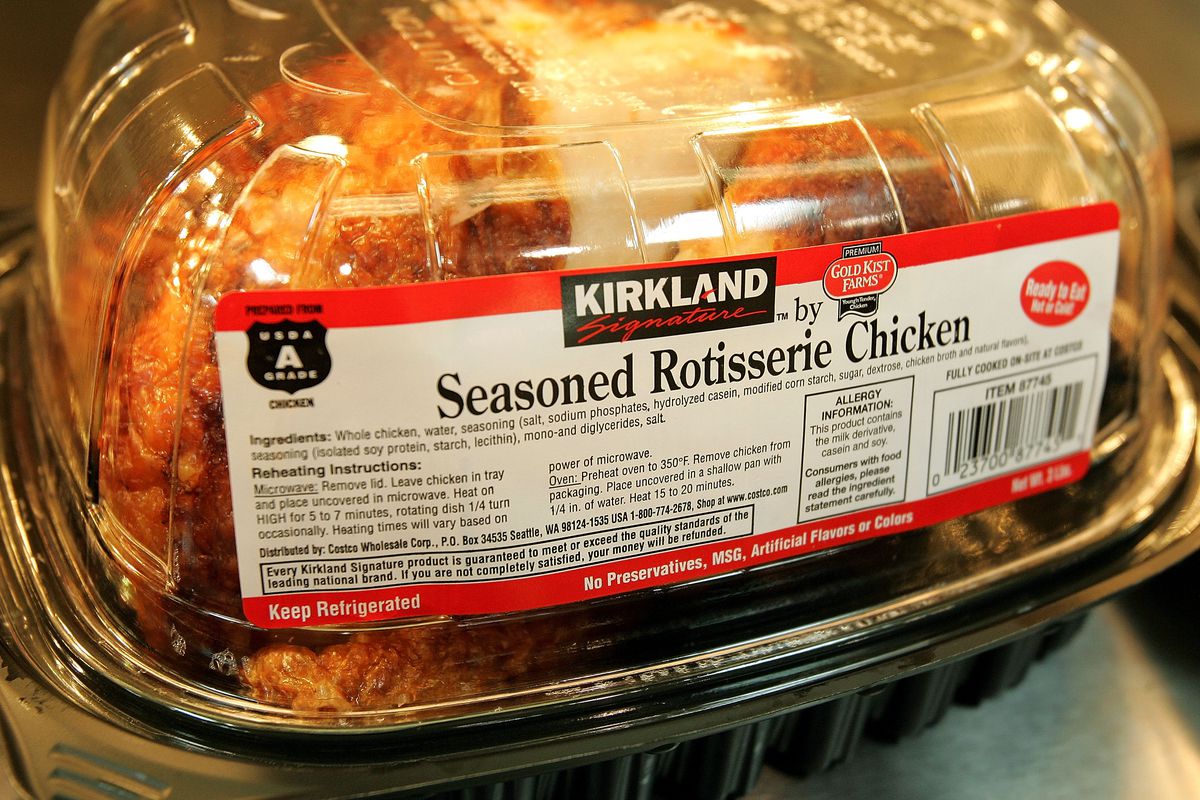An excerpt from my new book. “Those who would give up essential Liberty, to purchase a little temporary Safety, deserve neither Liberty nor Safety.”—Benjamin Franklin The US Supreme Court has often had to balance national …
Continue readingCooking with Appliances
I was a late bloomer when it comes to cooking. Until I was in my 60s I ate three meals a day in restaurants. I told myself I didn’t have time to cook, and definitely …
Continue reading
Home Improvement Plan
Setting priorities when you move into a home Everybody finds things to improve, whether their house is brand new or a hundred years old. Even in a custom-built home, there is always room for improvement. …
Continue reading
Stir Fry Chicken with Broccoli and Peppers
Chicken stir-fried with broccoli and peppers Takes 30 minutes to cook after marinating chicken and prepping vegetables Ingredients Instructions Make a slurry of starch and wine, pour over chicken, add a little brown sugar if …
Continue reading
Recipe for Costco Chicken
What do I do with a Costco Chicken? Here’s a recipe that uses rotisserie chicken as the base. Every day, Costco sells millions of rotisserie chickens for $4.99 each, losing money on every one. They’re …
Continue readingGoing Solar, Part Six: Results!
We have ignition! NV Energy replaced my meter and gave me thumbs up on January 6, so I pulled the handle to connect my panels to the grid and my home. That afternoon, the panels …
Continue readingGoing Solar, Part Five: Panels on!
Nearing the finish line. Thursday-Friday, December 3-4, 2020, workers installed 24 solar panels on my roof, and associated electronics such as an inverter in my garage and circuit breakers on the outside wall. I wish …
Continue readingGoing Solar, Part Four: Snags and Glitches … Overcome
The dreaded HOA Ten days ago, nearly two months since I embarked on this adventure, I was ready to throw in the towel. For the first time, I wanted to cancel the whole thing. I …
Continue readingGoing Solar, Part Three: Waiting for permission
What to do while you’re waiting The adventures of installing rooftop solar panels on an existing home Now we wait. Whiling away the hours by reading the warranties and contracts. HOA My homeowners’ association (HOA) …
Continue readingGoing Solar, Part Two: A Secret Way To Save
Secret to me, until now: Time of Use Rates The adventures of installing rooftop solar panels on an existing home There is much to learn! Like Time of Use rates. Since I posted “Part One” …
Continue reading